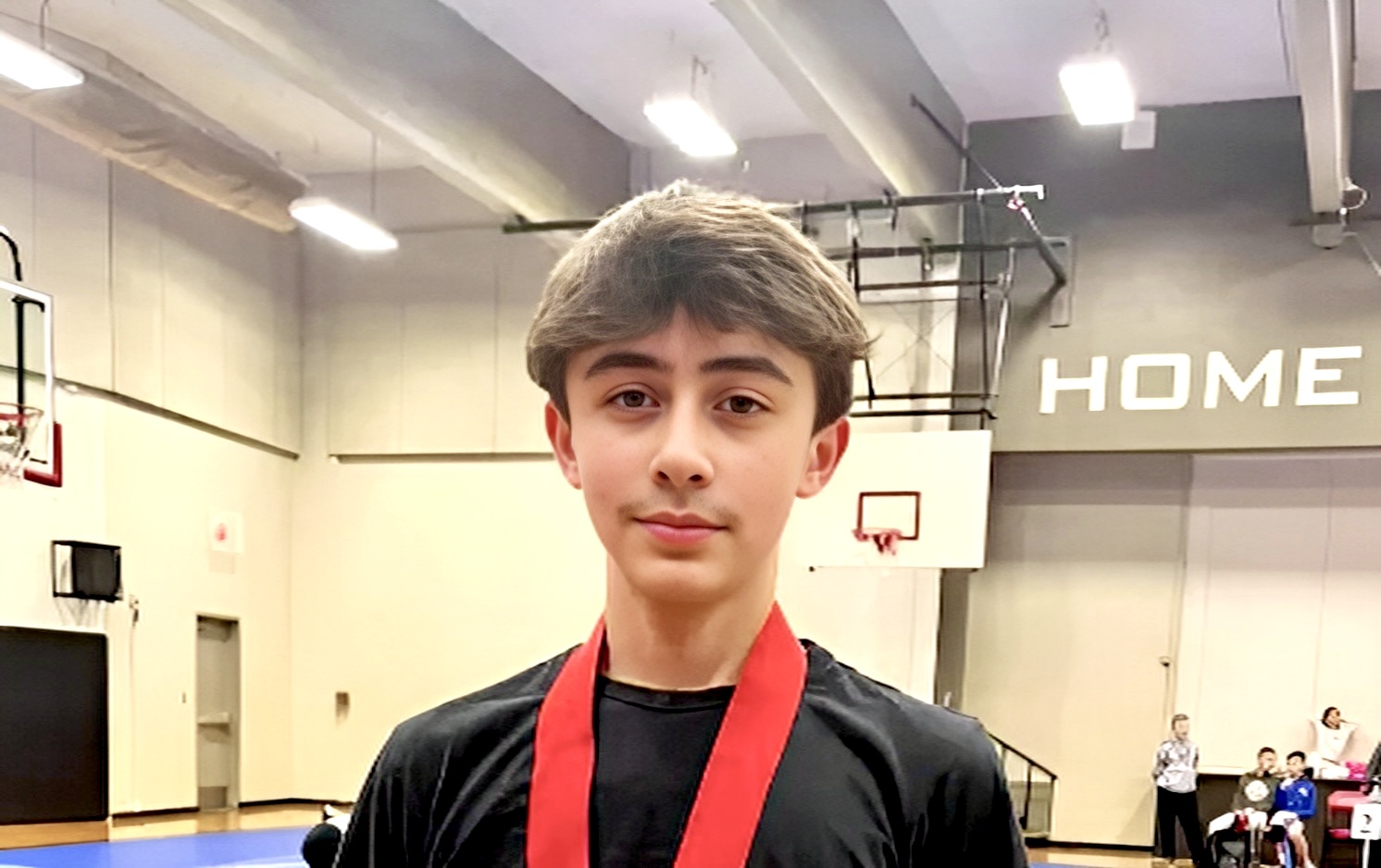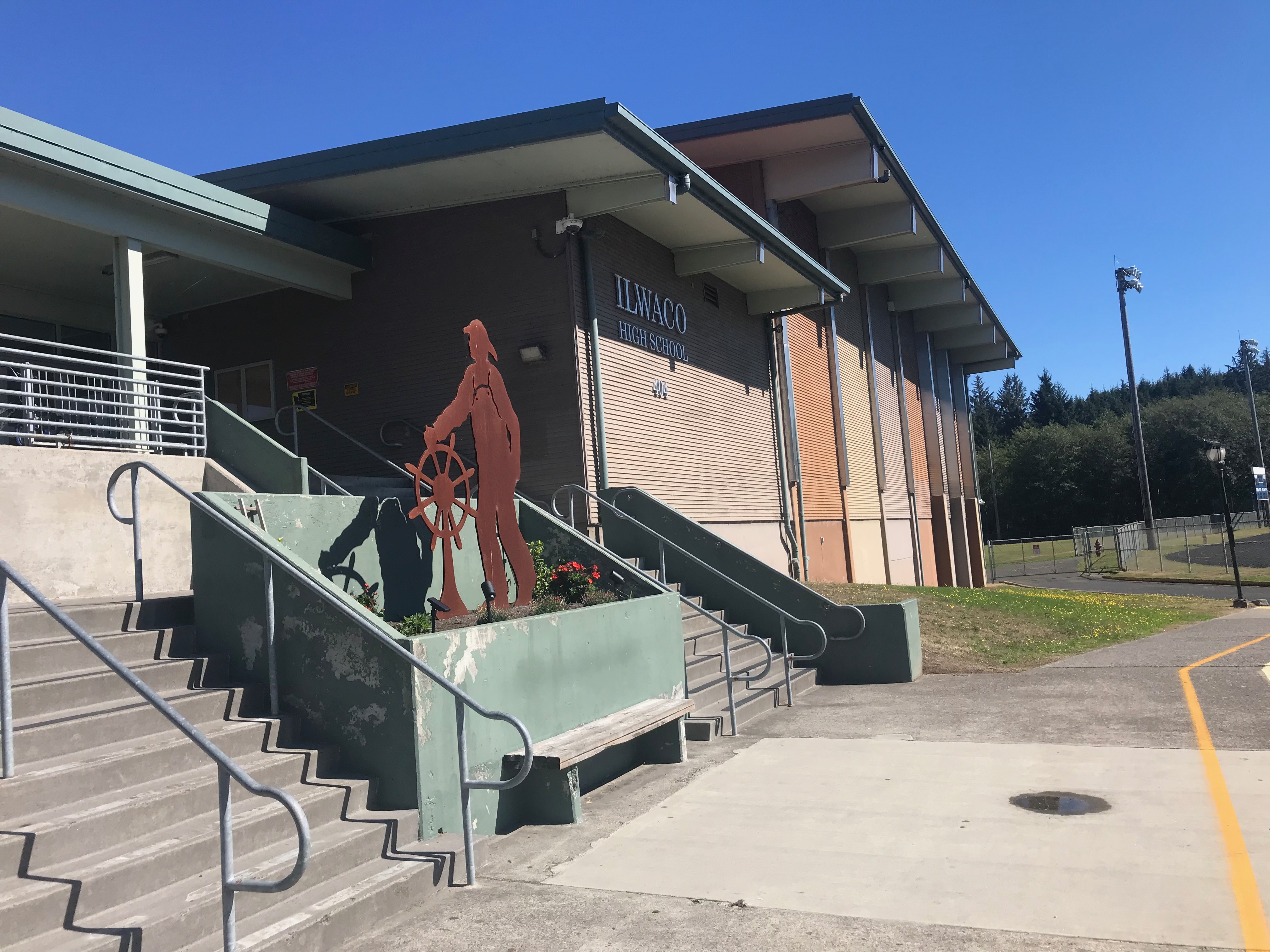Rep. Herrera Beutler baby defying odds
Published 5:00 pm Monday, July 29, 2013

- <p>U.S. Rep. Jaime Herrera Beutler and husband Daniel Beutler visit their daughter, Abigail Rose Beutler, born Monday, July 15. Abigail was born without kidneys but her survival thus far is something of a miracle of modern medicine.</p>
WASHINGTON, D.C. Faced with a nightmare scenario in her first pregnancy, our regions young congresswoman has given birth to a baby girl who may be the first ever to live beyond delivery with a particularly devastating condition called Potters Syndrome.
U.S. Rep. Jaime Herrera Beutler and husband Daniel Beutler this Monday announced the birth of their daughter, Abigail Rose Beutler, born Monday, July 15, at 3:13 a.m. at Emanuel Legacy Hospital in Portland.
Testing discovered during the second trimester of Jaimes pregnancy that Abigail suffered from prenatal kidney failure. This in turn resulted in a complete absence of amniotic fluid in the womb, which is critical to lung development. With severely undeveloped lungs, babies with the condition are unable to breathe outside the womb. They generally miscarry, are aborted or die immediately after birth.
Determined to avoid abortion and give their potential daughter the best chance possible, Jaime and Daniel found a team of specialized physicians at The Johns Hopkins Hospital in Baltimore, Md. In their care, Jaime underwent serial amnioinfusion, a relatively uncommon treatment, in which a saline solution is injected into the womb in the place of amniotic fluid to facilitate development.
After the fifth infusion, Jaime went into pre-term labor while at home in Washington state and Abigail was delivered four days later after 28 weeks gestation with fully developed lungs, indicating the treatments worked.
She nevertheless continued to face the prospect of immediate death due to her lack of functioning kidneys. This set off a new scramble for advanced healthcare.
At 16 hours old, she made her first trip from Portland to Palo Alto, Calif., for care by specialized physicians at Lucile Packard Childrens Hospital at Stanford University. She had surgery the next day and began dialysis immediately after.
Active and stable
Abigail is currently active, stable and breathing on her own at Packard Childrens. Though her doctors are uncertain what her future holds, she will require ongoing dialysis and eventual transplant.
Despite Abigails prematurity, small size and life-threatening disease, she is doing well, said Dr. Louis Halamek, neonatologist at Packard Childrens and professor of neonatal and developmental medicine at the Stanford School of Medicine. Together with our colleagues in pediatric nephrology, we are cautiously optimistic about her future.
The first doctors we encountered told us that dialysis or transplant were not possible, said Jaime and Daniel in a prepared statement released this week. No local hospital was prepared to perform the procedure necessary peritoneal dialysis on a baby so small. Johns Hopkins was willing, but too far to transport. After a day of searching, we found a team at Lucile Packard Childrens Hospital who were happy to have her.
We are grateful to the doctors and nurses in Baltimore, Vancouver, Portland and California who, like us, were not willing to accept the fatal diagnosis, but were willing to fight for the impossible, said the couple.
Through the outreach of a parent who had faced a similar situation, we found a group of courageous and hopeful doctors at Johns Hopkins who were willing to try a simple, but unproven treatment by amnioinfusion, said Jaime and Daniel. Every week for five weeks, doctors injected saline into the womb to give Abigails lungs a chance to develop. With each infusion we watched via ultrasound as Abigail responded to the fluid by moving, swallowing and practice breathing. The initial lack of fluid in the womb caused pressure on her head and chest, but over the course of the treatment we were able to watch them reform to their proper size and shape. Her feet, which were clubbed in early ultrasounds, straightened.
There was no way to know if this treatment would be effective or to track lung development, but with hearts full of hope, we put our trust in the Lord and continued to pray for a miracle.
We owe a special thanks to Dr. Jessica Bienstock at Johns Hopkins, Dr. Fred Coleman at Legacy Salmon Creek Hospital, Dr. Anya Bailis at Legacy Clinic Maternal Fetal Medicine, and the entire team at Lucile Packard Childrens Hospital. We are grateful to the thousands who joined us in praying for a miracle. But most of all, we are grateful to God for hearing those prayers.
Possible avenue for others
This case is unprecedented, said Bienstock, a professor of maternal-fetal medicine at Johns Hopkins. It would be premature to say bilateral renal agenesis should always be treated using serial amnioinfusion, but this suggests it can be part of the conversation when that is the diagnosis. Hopefully science will evolve to the point where we will be able to save babies with this defect. But so far this is just one isolated case whose ultimate outcome is still unknown.
For more information on Potters Syndrome, see www.potterssyndrome.org





